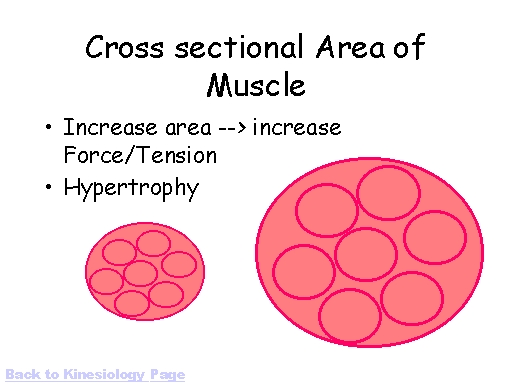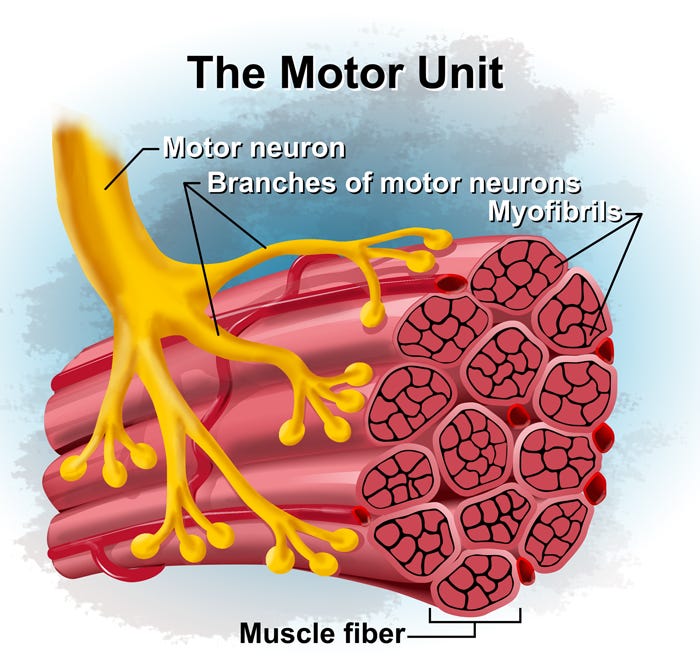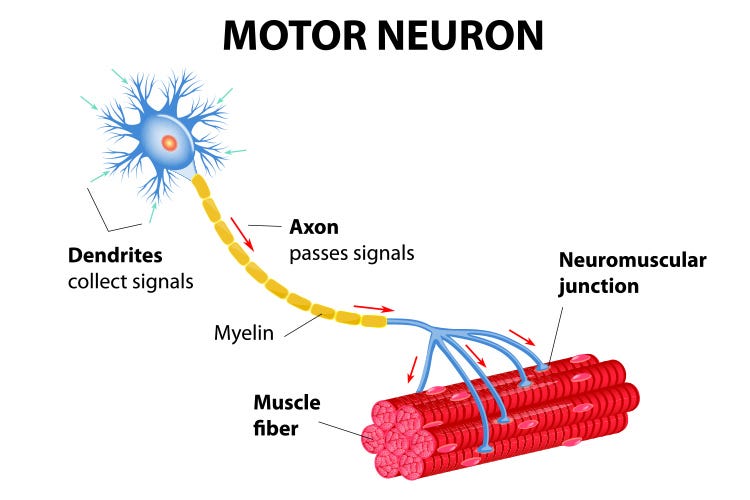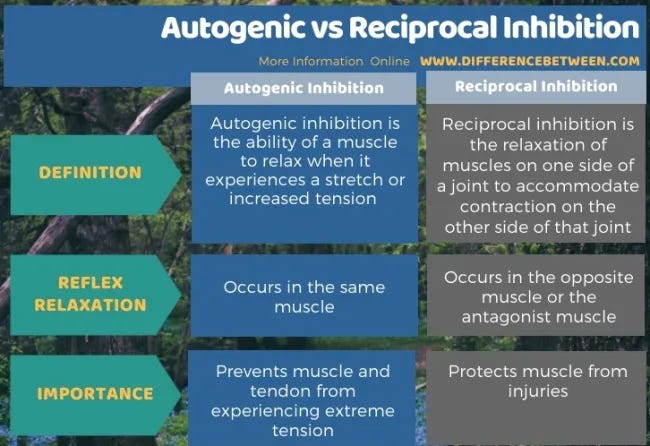
Positive outcomes with periodized and supervised strength programs for youth are well documented. However, the physiological pathway to force production among children is somewhat different than that of adults. I would like to review, in more detail, those mechanisms behind preadolescent strength adaptations.

Strength gains are precursors to improved power and athleticism in sport (Kenney, Wilmore, & Costill, 2012). The larger the cross sectional area of a muscle, the larger the capacity for force and power production (Kenney et al., 2012). However, preadolescents do not have enough levels of serum testosterone and other hormones to promote muscle growth and hypertrophy (Faigenbaum et al., 1996). How then, might a child improve strength and power?

Contemporary thought submits that preadolescents improve strength through neural adaptations (Kenney et al., 2012). The main neural adaptations are: synchronization and recruitment of motor units, increased rate coding of motor units, autogenic inhibition, and lowered co-activation of agonist and antagonist muscle groups (Kenney et al., 2012).

Motor units within a muscle group are generally recruited in an asynchronous fashion, and are limited by the degree of summation they experience (Kenney et al., 2012). Summation can be thought of as the degree of pressure required while pulling a trigger. With enough force produced by the trigger finger, the trigger will release and the bullet will fire. A motor neuron is similar in that if enough impulses arrive at the dendrites at the right time, the threshold will be met and thusly overcome. Depolarization will occur and an action potential will propagate towards the motor endplate, inducing muscle contraction. Sedentary children often receive both excitatory and inhibitory impulses to the same muscle (Kenney et al., 2012). Resistance training in children helps improve the degree of summation, also creating more synchronous activation. This causes more motor units to become activated at once, and is believed to improve the rate of force development.

Strength training also increases rate coding. Rate coding is the frequency of stimulation to a motor unit (Kenney et al., 2012). As more stimuli reach the dendrites in a given period of time, higher numbers of depolarization’s and action potentials reach the motor end plate in the same period. This equates to both quicker and more forceful muscle contractions.

Autogenic inhibition is an inhibitory mechanism in the neuromuscular system (Kenney et al., 2012). It is known as a protective mechanism carried out by the Golgi tendon organs (GTOs). If too much force is produced, the GTOs will send signals back to the central nervous system to down-regulate alpha motor neuron drive to the same muscles. Strength training is believed to attenuate this process (Kenney et al., 2012). This would allow faster and more efficient force production in working muscles and increased resistance to fatigue.

Finally, strength training helps decrease co-activation of muscle groups (Kenney et al., 2012). Initially, during both sport and strength training, performance can become inhibited when agonist and antagonist muscles become co-activated. This reduces performance and economy of movement. Strength training is believed to reduce the degree of co-activation, allowing smoother movement and increased force production.
Preadolescent children might not have the ability to use hypertrophy and hormones as assets during strength-based exercise. However, evidence shows that children do have access to many other physiological mechanisms, to drive both strength and performance during resistance training.
References
Faigenbaum, A. D., Westcott, W. L., Micheli, L. J., Outerbridge, A. R., Long, C. J., LaRosa-Loud, R., & Zaichkowsky, L. D., (1996). The effects of strength training and detraining on children. Journal of Strength and Conditioning,10(2), 109-114.
Kenney, W. L., Wilmore, J. H., & Costill, D. L. (2012). Physiology of sport and exercise (5th ed.). Champaign, IL: Human Kinetics.
-Michael McIsaac
